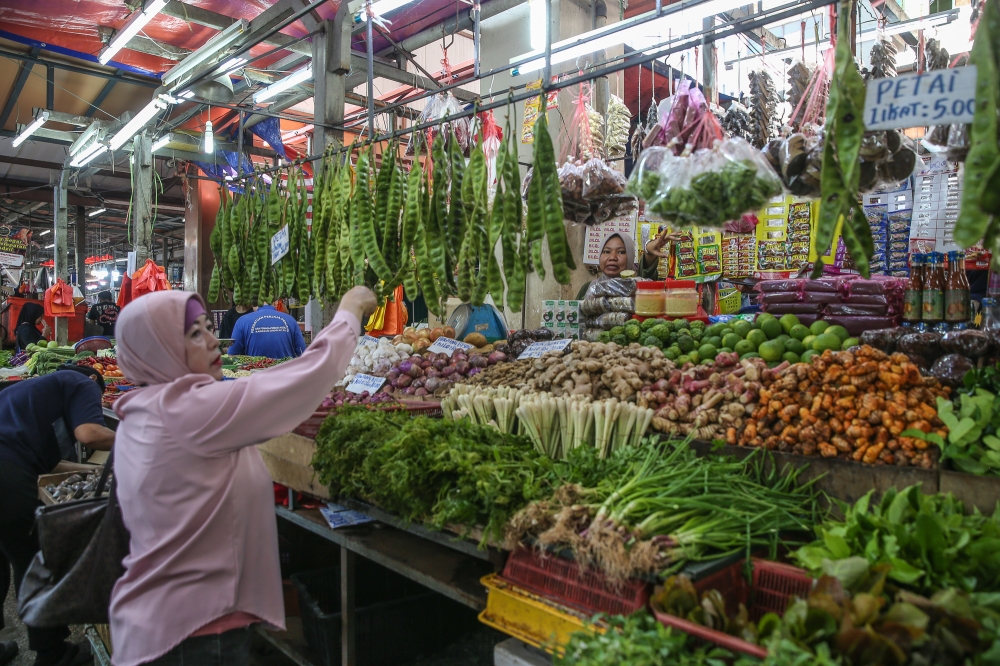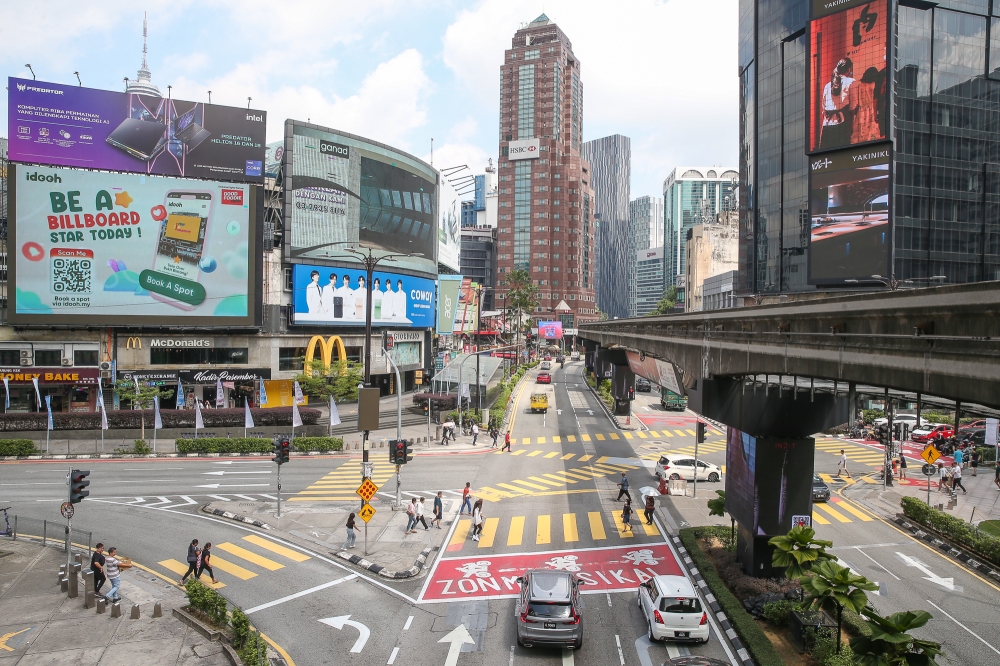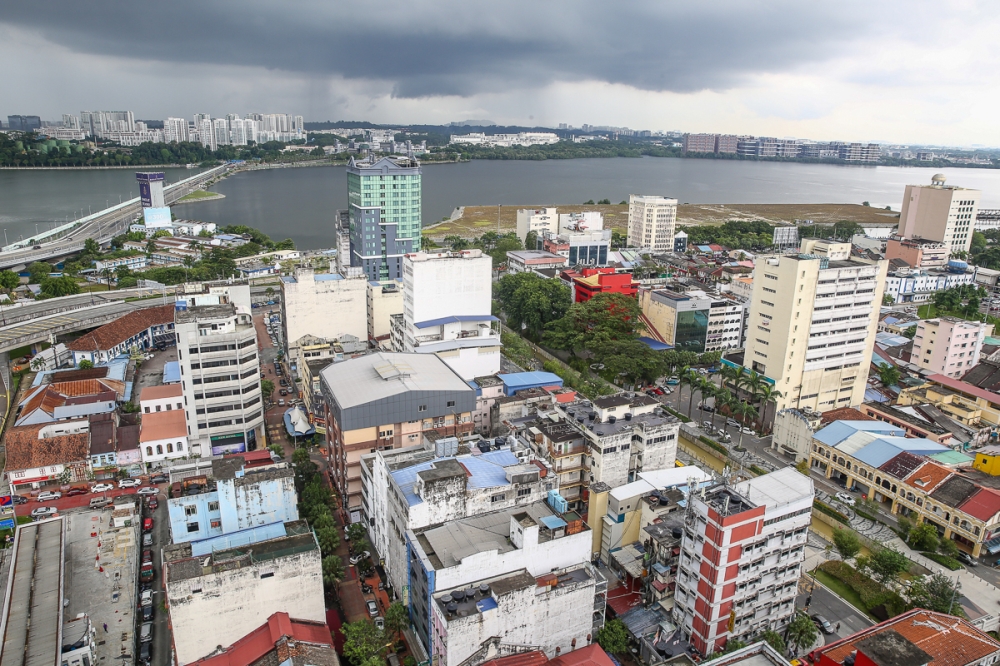KUALA LUMPUR, Nov 2 — Ask anyone and they will likely tell you that dining out in the capital city is by no means cheap. A new indicator that calculates the cost of living a decent life will tell you otherwise.
The Anwar government launched the Basic Expenditure for Decent Living Indicator (PAKW) today, which it says better illustrates the financial cost of affording what is considered a normal life.
The PAKW designed by the Department of Statistics Malaysia (DOSM) now allows the public to measure monthly expenditures for essential goods and services according to geography, household size and age group.
After accounting for all the variables, the calculator indicates feeding a family in Kuala Lumpur is cheaper than in several states.

Food expenditure per household
- Kuala Lumpur: RM1,487 for a 3.2-member household
- Most expensive: Selangor at RM1,881, followed by Terengganu (RM1,842)
- Cheapest: Perak at RM1,432; Kuala Lumpur close to Perlis (RM1,486), Negeri Sembilan (RM1,554) and Kedah (RM1,524)
- Penang: RM1,510, one of the lowest among large cities
Non-food essential expenditure
- Highest: Selangor at RM3,973, followed by Kuala Lumpur (RM3,971)
- Includes costs for clothing, rent, utilities, transport, communication, and healthcare
Overall monthly expenditure
- Klang Valley (Selangor and Kuala Lumpur): Highest combined food and non-food costs
- Melaka: RM5,291, ranked 4th after Labuan
- Terengganu: Higher total expenditure than Penang and Johor at RM4,695
It takes about RM1,487 for a household with an average of 3.2 members to meet the required monthly nutrient intake (RNI) standards set by the Ministry of Health — a few hundred ringgit cheaper than in Melaka (RM1,810), Johor (RM1,751), Sarawak (RM1,795), Sabah (RM1,747) and Pahang (RM1,642).
The state with the lowest food expenditure requirement per household is Perak, at RM1,432.
Perlis had a PKAW average just RM1 cheaper than Kuala Lumpur’s while Negeri Sembilan and Kedah were not far off, at RM1,554 and RM1,524 respectively.
Penang, despite being one of the country’s largest cities, also has one of the lowest monthly food expenditure requirements per household, at RM1,510.
The state with the highest monthly food expenditure per household is Selangor, at RM1,881, while Terengganu came in at a surprising second, at RM1,842.
Note that the average food expenditure also calculates the cost of dining out.

Non-food items
While Kuala Lumpur may be among the cheapest cities for feeding a family, it remains one of the most expensive for non-food essential goods and services.
These are your clothing (adults and children), rentals, utility, transport, communication, and healthcare bills.
According to the calculator, Kuala Lumpur ranks second after Selangor for monthly expenditure on non-food essentials, at RM3,971.
Selangor’s was RM3,973. When combined with the cost of food expenditure, the Klang Valley (Kuala Lumpur and Selangor) naturally have the highest monthly costs.
What about Penang or Johor given the two states have capital cities that are biggest next to Kuala Lumpur?
Food and non-food expenditures in Penang and Johor’s main cities are similar, but lower prices in surrounding areas may help reduce the overall state average.
Because of that, Melaka came in at a surprise fourth after Labuan. It takes an average of RM5,291 worth of monthly expenditure to live in Melaka, which is RM616 cheaper than Penang and RM657 cheaper than Johor.
Terengganu, widely perceived to be a sleepy state with little commerce, also has a higher monthly household expenditure requirement compared to Penang and Johor, at RM4,695.
However, the price difference is small — just RM30 more than Penang and RM61 more than Johor.

While the PAKW indicator sheds light on the nuanced costs of living across Malaysian states, it also highlights the unique financial pressures facing households depending on their location.
As food and non-food expenditures vary significantly, the new tool can offer a clearer perspective for families planning their monthly budgets and for policymakers aiming to address regional disparities.
Ultimately, it underscores the importance of tailored financial planning and support as cost-of-living challenges evolve nationwide.
Recommended read:
- A new way to measure living costs: How does the Basic Expenditure for Decent Living indicator work, and how can it help you?
- DOSM releases first cost of living report, along with measurement of how much Malaysians need for ‘decent living’
- All you need to know about: Malaysia’s new cost-of-living benchmark



















